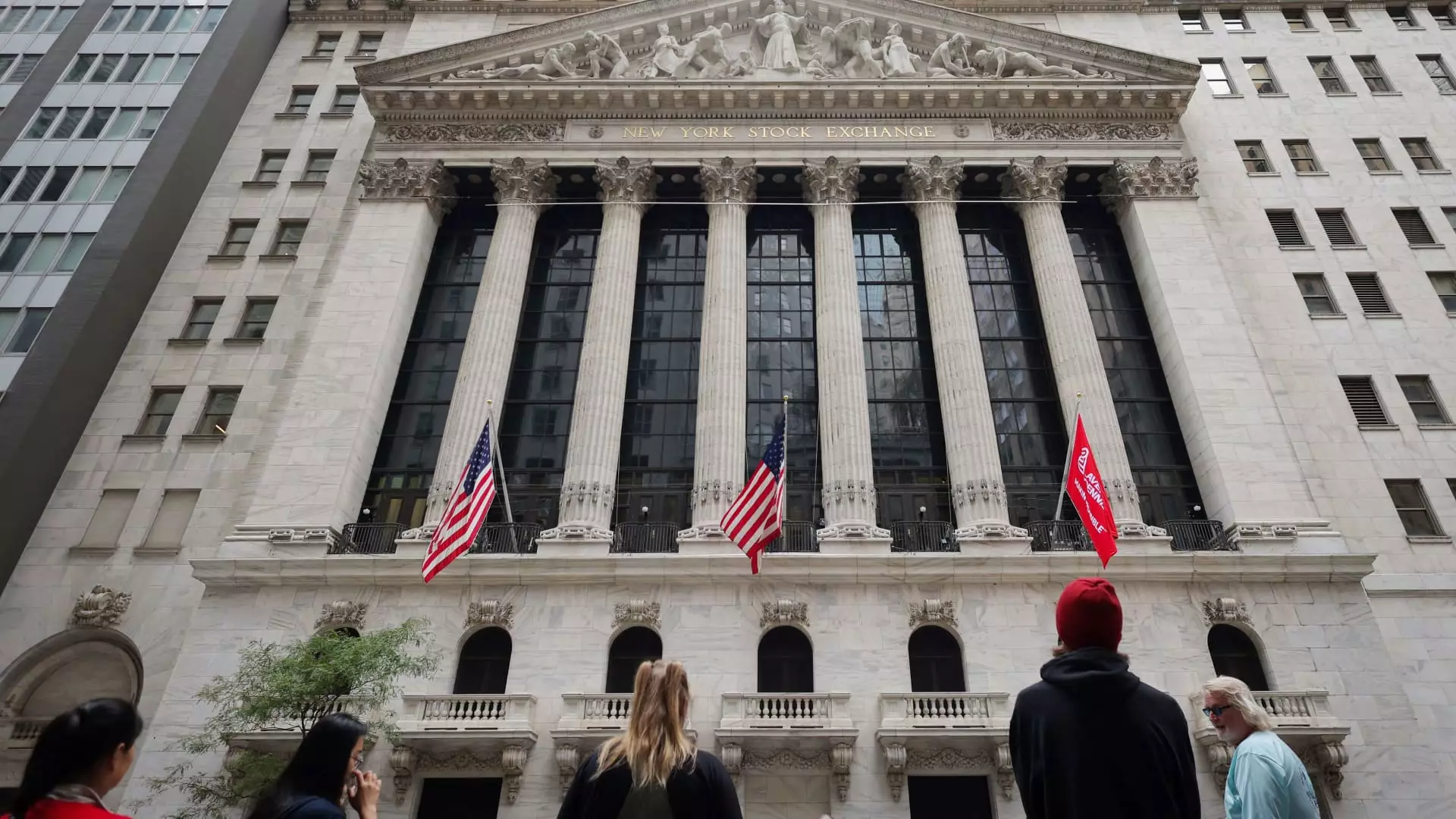The Rising Treasury Yields: Analyzing the Market Dynamics

The continual increase in Treasury yields has become a focal point for investors, analysts, and policymakers alike. The fundamental driving force behind this phenomenon is the heightened compensation investors seek for absorbing the risk associated with government debt. This rise does not exist in isolation; rather, it reflects deeper economic currents and investor sentiment that need to be understood in order to dissect the possible trajectory of these yields.
Treasury yields, particularly long-term securities, are essentially the interest rates paid by the government to borrow money. When these yields climb, it indicates a shift in investor expectations regarding economic conditions and monetary policy. The concept of “term premium,” which refers to the extra yield demanded for holding longer-term bonds over short-term ones, serves as a strong indicator of market sentiment. As this term premium rises, it often mirrors broader trends in economic performance and fiscal health.
Historically, the term premium has fluctuated based on diverse factors including interest rate policies of the Federal Reserve, inflation expectations, and overall economic stability. Not long ago, the term premium had fallen to an almost nominal figure of just 3.5 basis points. However, this number has recently surged by about 30 basis points, reaching levels not seen since early July. This sudden spike is indicative of investor anxiety and a reevaluation of risks associated with long-term debt instruments, which traditionally have been viewed as some of the safest available.
The implications of rising yields are felt across the spectrum of financial markets. For instance, the surge in the 10-year Treasury yield—a crucial benchmark for mortgage rates and other consumer credit—could impact borrowing costs and, in turn, consumer spending and business investment. The multiplicative effects of these yields are significant, suggesting a potentially more complex economic landscape ahead.
Three primary factors contribute to the upward trajectory of Treasury yields. First, robust economic data, particularly figures indicating stronger retail sales, suggest that consumer spending remains healthy. This resilience in the economy increases investor confidence, prompting them to demand higher premiums for long-term bonds amidst shifting economic dynamics.
Second, the precarious fiscal position of the U.S. government, which recently disclosed a staggering $1.8 trillion budget deficit for fiscal 2024, raises concerns about long-term debt sustainability. These fiscal challenges force investors to grapple with the potential risks of holding government bonds, thus driving yields higher.
Third, the evolving political climate, especially concerning Donald Trump’s potential return to power, introduces an element of uncertainty. The betting markets appear to have shifted in favor of Trump’s electoral chances, which may influence investor confidence regarding future fiscal and monetary policies, exacerbating the demand for higher yields.
The Fed’s Dilemma and Market Expectations
As these yields rise, the Federal Reserve finds itself in a precarious position. While markets anticipate a possible rate cut in November, the sustained increase in yields coupled with strong economic data presents a conundrum. If the Fed were to cut rates again, it could signal to the market that it acknowledges underlying economic weaknesses. Conversely, maintaining rates may lead to higher yields and could challenge the overall economic stability.
The interplay between rising term premiums and Fed policies reflects broader market dynamics. Joseph LaVorgna, chief economist at SMBC Nikko Securities, astutely points out that the increase in term premium reflects stronger real interest rates, suggesting minimal justification for additional rate cuts in the near future. The Fed’s ability to navigate these shifting sentiments will be crucial for sustaining market confidence and macroeconomic stability.
The sharp rise in Treasury yields encapsulates a complex interplay of growing economic data, increasing fiscal deficits, and shifting political sentiments. While the future trajectory of these yields remains uncertain, the implications are profound—not just for investors but for the economy at large. Understanding these interconnected factors will be essential for navigating the coming months as both investors and policymakers grapple with the evolving landscape. The increasing term premium signals potential volatility ahead, making vigilance and adaptability paramount for all market participants.





